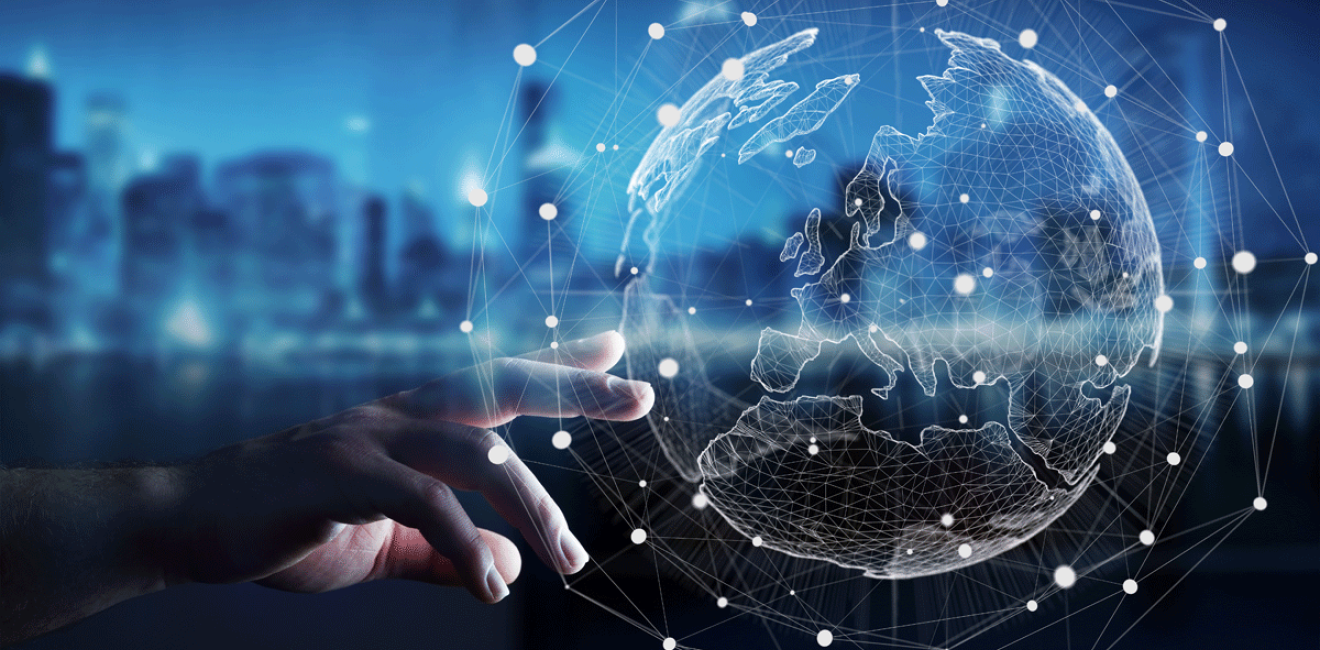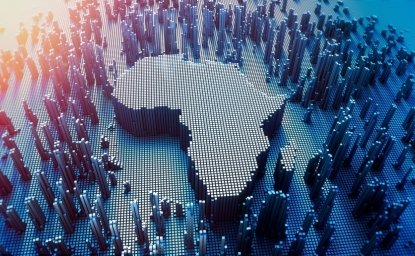Although machine learning and artificial intelligence (AI) has been a thriving academic field for decades, the world is undeniably in a moment of high and broad levels of adoption of AI. Machine learning algorithms were previously deployed unseen across critical sectors: health care, agriculture, banking, housing, and more. Now people can personally use approachable and powerful AI systems in their own day-to-day.
Increased AI innovation and education globally increases how we benefit from the tech at home in our own countries. In the United States, we owe a great deal of our AI expertise to foreign-born workers and thinkers, many of whom hail from countries considered part of the Global South: in 2021, 57.6 percent of all doctorate-level computer and mathematical scientists and engineers working in the United States were foreign-born, and more than half of all US academic positions in computer and information sciences programs were also held by foreign-born academics.
Innovation is not happening in isolation to the United States, but in global capacity building. Developers and engineers from around the world are making significant contributions to the race for robust AI systems. Yet in the context of the Global South, it is critical to recognize the capacity for exploitation, such as the creation and deployment of systems with no regard for local languages or needs, the use of communities’ data without stakeholder consultation and control, or the exclusion of many countries from international discussions on governance. It is also critical to understand the inputs these regions will need to continue the growth of their AI ecosystems and expertise, allowing them to be empowered stakeholders and beneficiaries of this technological revolution.
Diverse Innovation
Diverse engineers and users find diverse problems and create unique solutions for these problems, and we accrue global benefit when tech ecosystems thrive around the world. It is hard to provide a snapshot of the vibrant development going on around the world, but a selection of case studies from various regions and industries begins to give a sense of the possibilities:
On a more foundational level, the United Arabs Emirates threw their hat in the ring of global AI power with the 2023 release of the open source Falcon model, funded by the emirate of Abu Dhabi’s government. The first Falcon generation of models was followed a year later by Falcon 2, a multimodal, multilingual model that on launch outperformed models from American corporate giants Meta and Google. It can be hard to identify statistics on open-source model real-world usage, but the Falcon family of models continue to enjoy robust download numbers on open-source machine learning platform Hugging Face. One of the 2023 models saw 128,647 downloads in July 2024 and a larger second generation model requiring finetuning brought in 26,271 downloads in the same month. Researchers have been similarly inspired, with 95 papers published in 2023 and 2024 on arXiv, an open-source scholarly archive, using Falcon models for research across a range of questions, from models’ applicability to medical triage to their ability to assist and accelerate chemistry research.
The Inputs for Growth
Innovation requires inputs, and these are not always accessible to researchers and developers in Global South countries. Working with AI requires access to models, computing power, and talent. Powerful open-source models can bridge the model gap, as seen in the Falcon example, and there are many other examples of open-source models that are downloaded widely and adapted to problems or research in countries around the world.
But compute and talent are increasingly fought over by nations and corporations alike. The race to acquire and hold as much supercomputing power as possible has led to a chips shortage, making chip companies into the new kingmakers. Although the year-long wait for order fulfillment has eased to just 3-4 months this year, and chips companies are looking to compete with longtime leader Nvidia, demand is still high enough that smaller nations or nations with less money to spend on tech will struggle to get compute to fuel their domestic tech ecosystems and academics. Even Elon Musk faces the need to beggar one of his companies to fill the computing need for another.
Countries are also racing to attract talented engineers and students to either stay or to immigrate. As seen above, the United States’ prowess in artificial intelligence is built on a foundation of immigrants who choose to move to the United States and stay to build, teach, and research. Other nations, such as the United Kingdom, Canada, France, and Australia, are adopting immigration reforms targeted at attracting AI talent. Global South countries are competing with these national players for their own brainpower.
A Thriving World
Why should we care here in the United States? The solutions and tools that we will build with artificial intelligence are often limited by the problems we can see and the circumstances we are from. More robust ecosystems around the world mean we learn to leverage AI for a wider range of issues, whether it’s medical problems that are rare in the United States but widespread in elsewhere; or a tech application that leapfrogs an entrenched rigid system here to offer faster and more independent control over one’s finances; or a system to address a social ill that we have gone blind to over time. We in our countries face a stronger future in a world where development of AI tools is not constrained to a small population in a handful of countries and companies.
For those unconvinced by this argument, consider also the security implications. Policymakers learned this lesson late with telecommunications hardware: per a report from the Council on Foreign Relations, state-backed Huawei captured a significant portion of the global market with low prices, leaving the United States and allies scrambling to find ways to motivate allies and friendly countries to end their use of Huawei products to avoid security issues.
We are again in a moment where China is making overtures to Global South countries and building warm relations while the United States fails to have any systematic approach. The October 2023 framework for China’s Belt and Road Initiative declared “equal rights” for AI development as a priority, and China is actively seeking to boost exchanges with other countries, casting the United States and other Global North countries as obstacles and manipulators. The groundwork is being set for an ideological war over the governance and use of a powerful dual-use technology that could enable individual-level surveillance and control of a population, as well as other security and military applications.
The United States and its allies need to make the case that Global South countries have something to be gained from the democratic and equitable approach to AI. What’s more, Global South countries need to be respected as contributors to our technological future.







